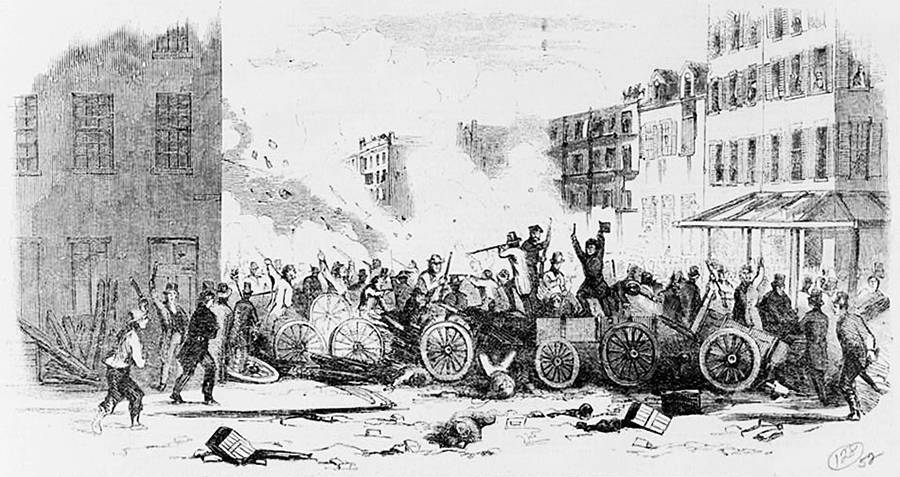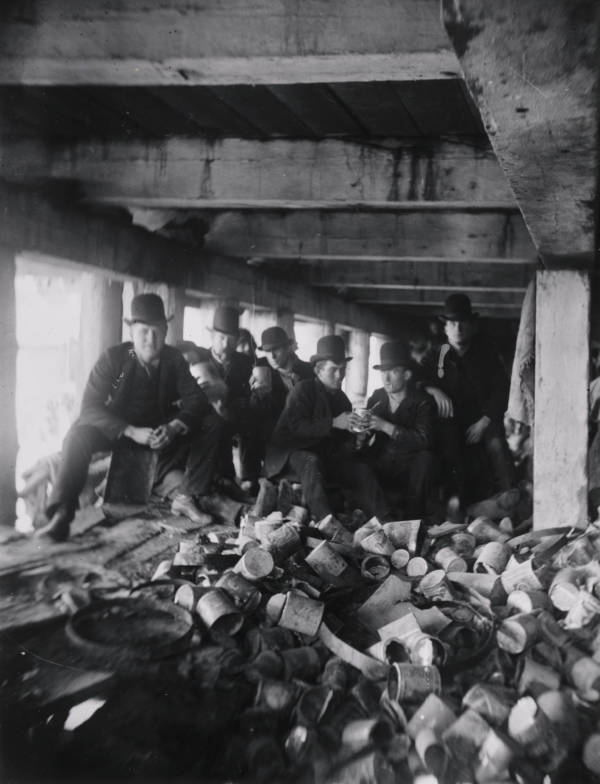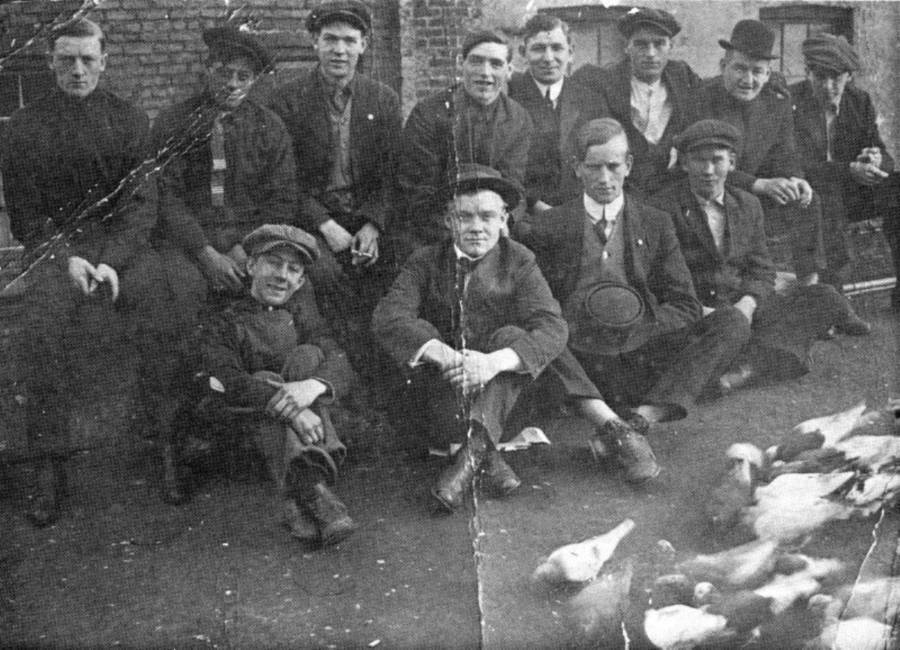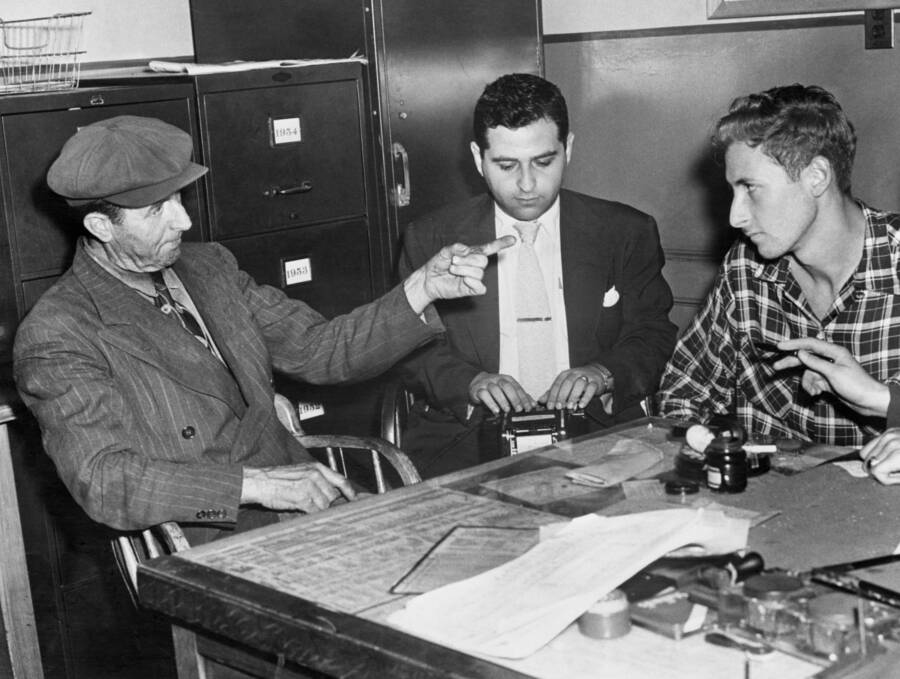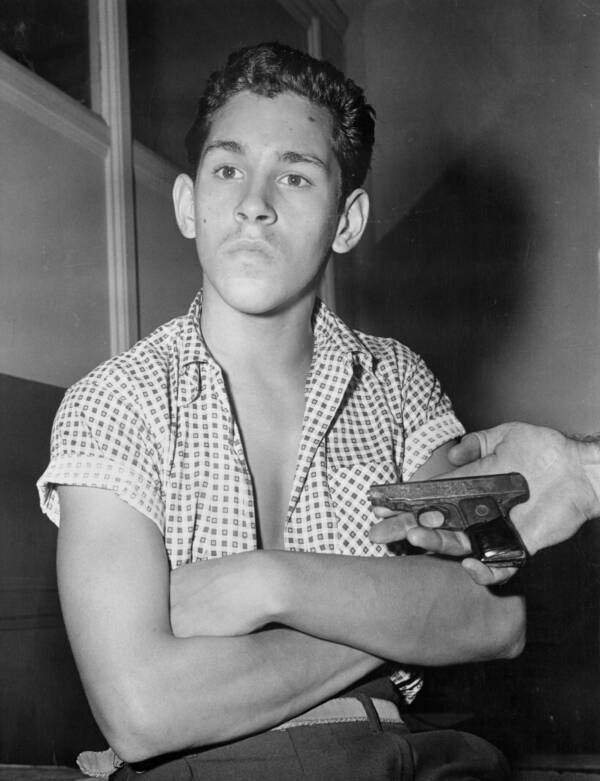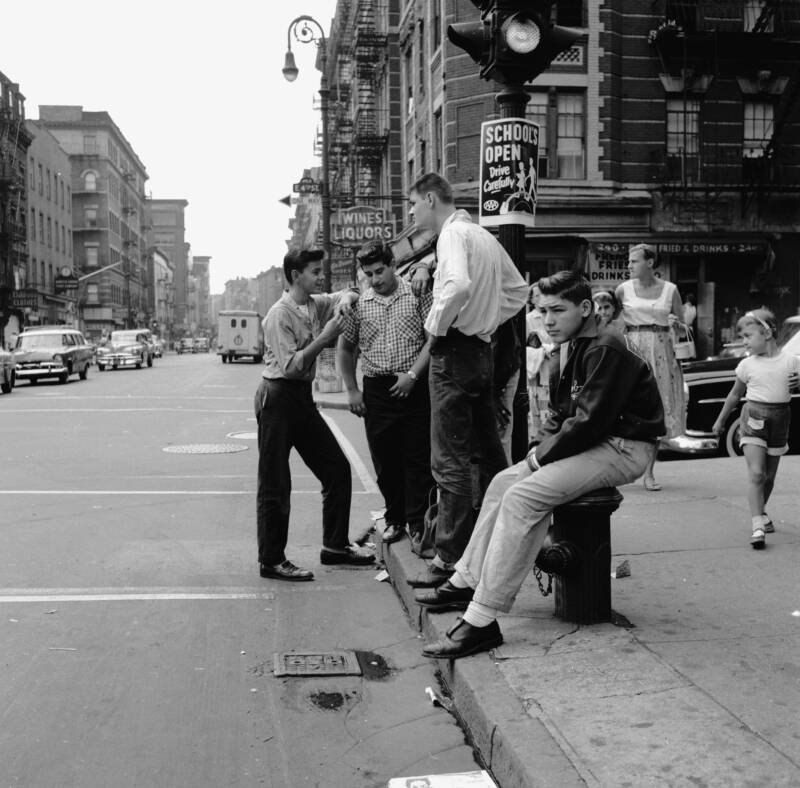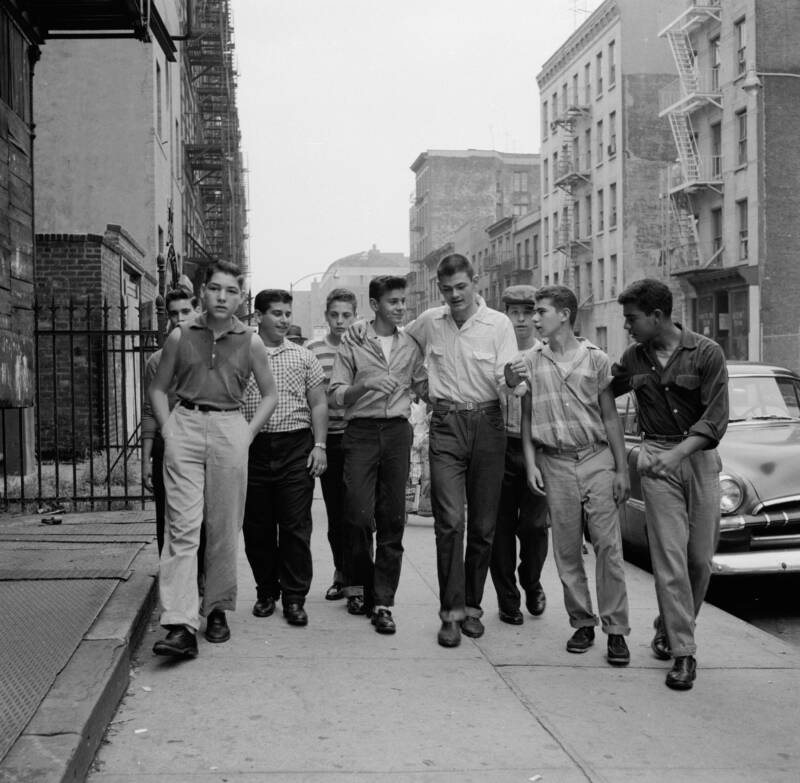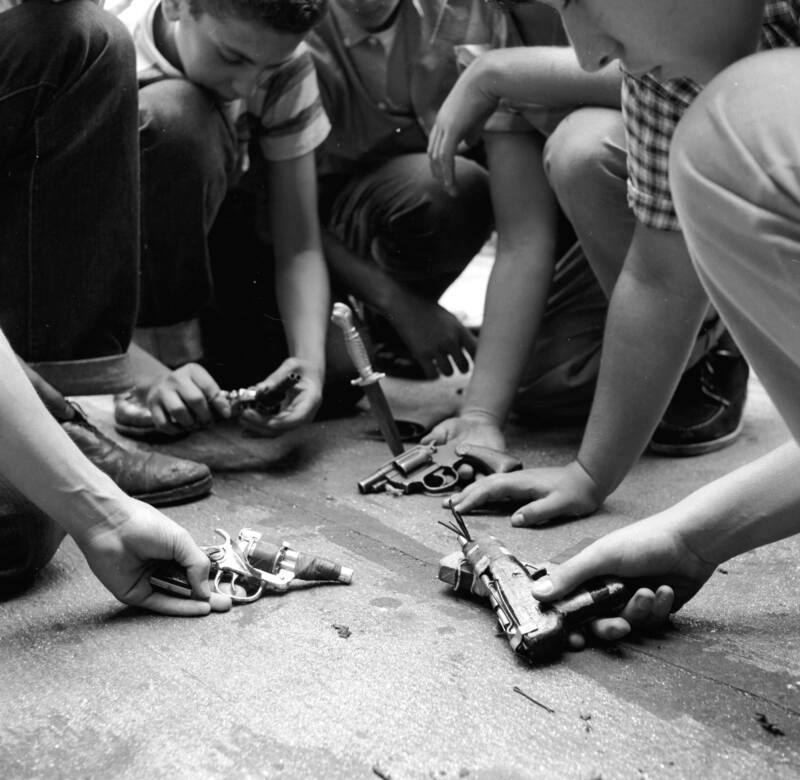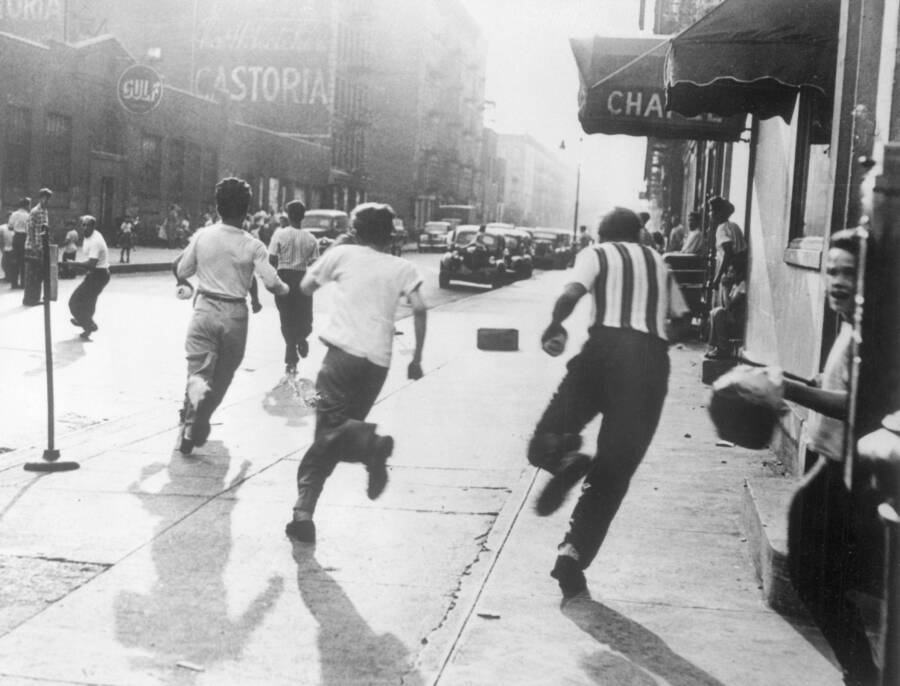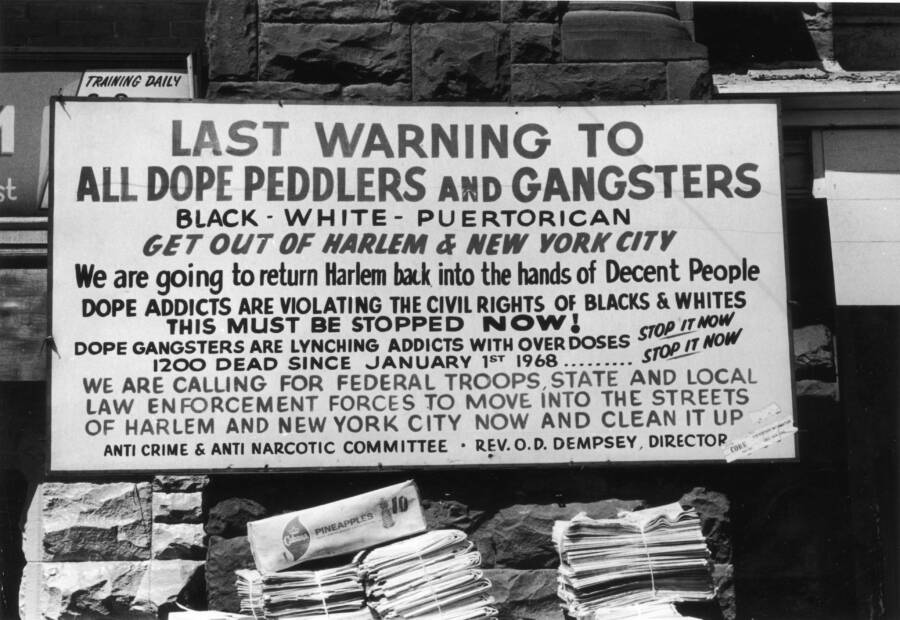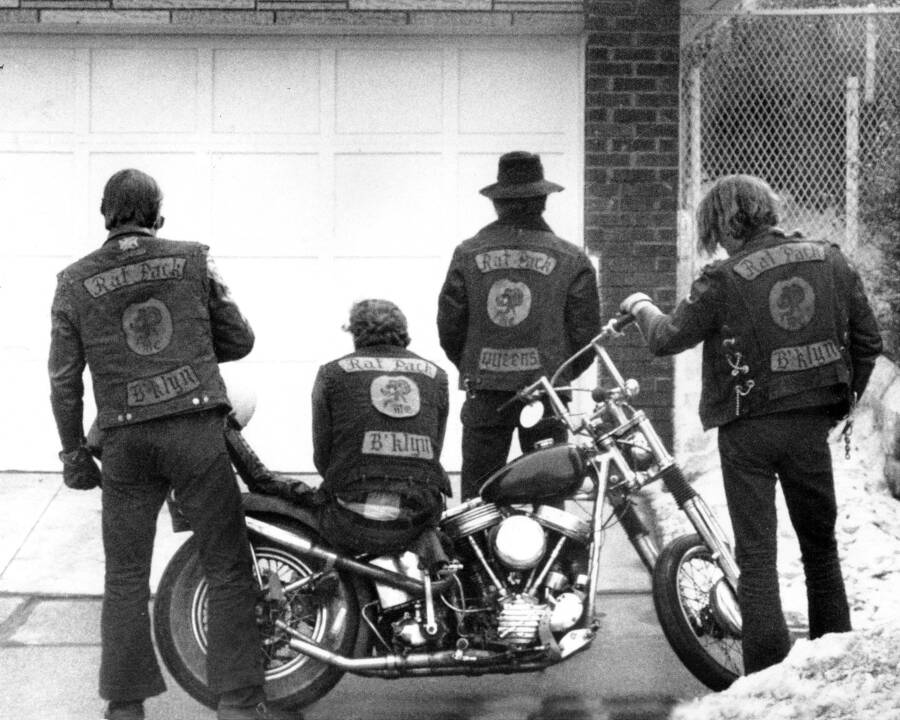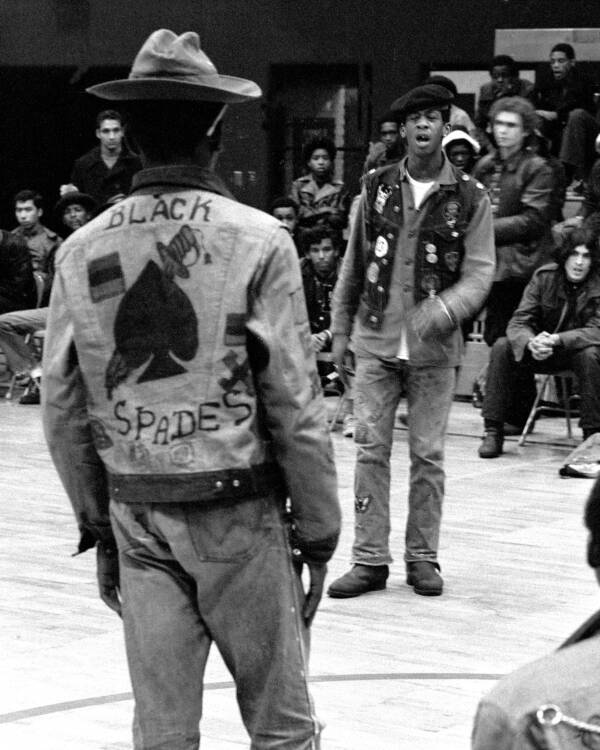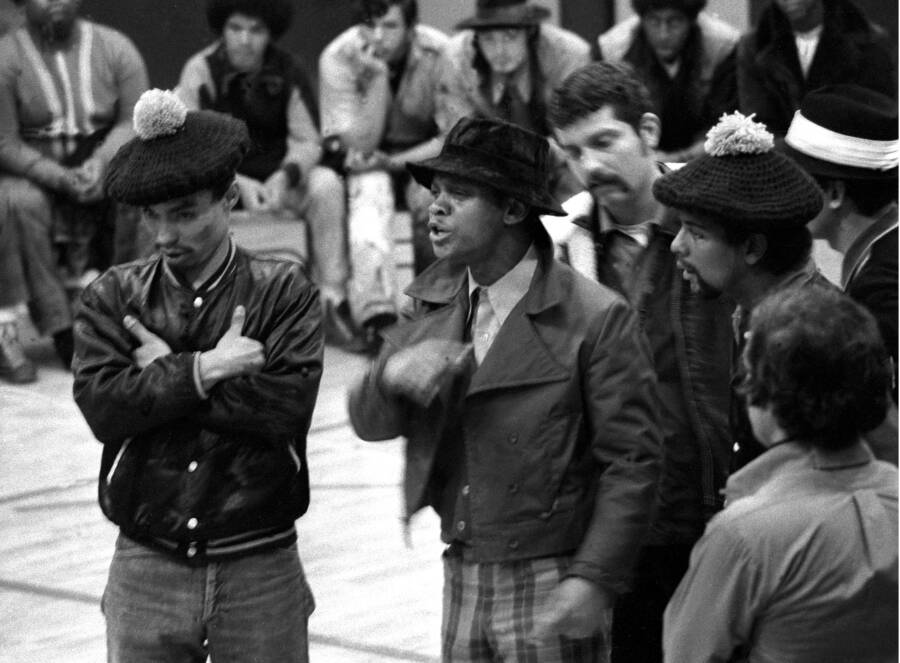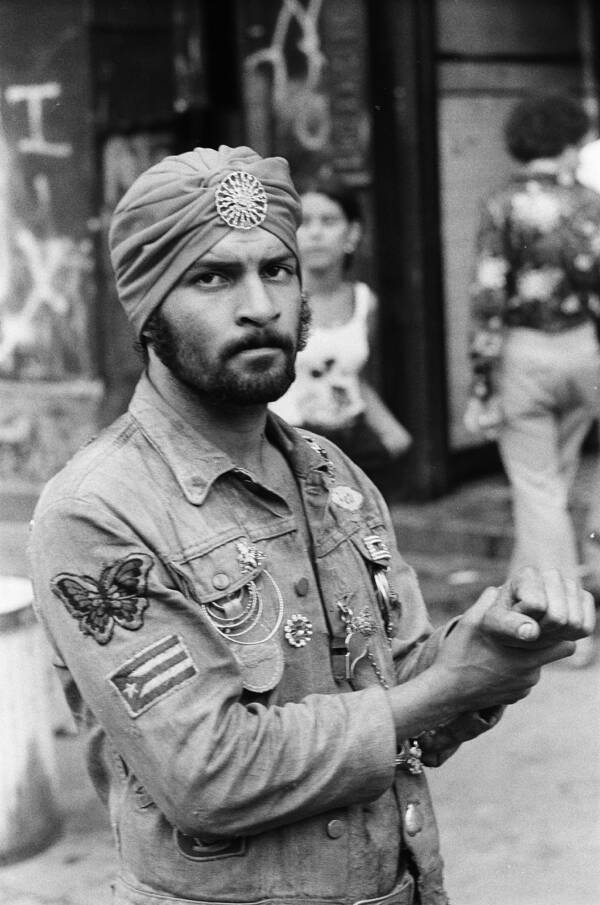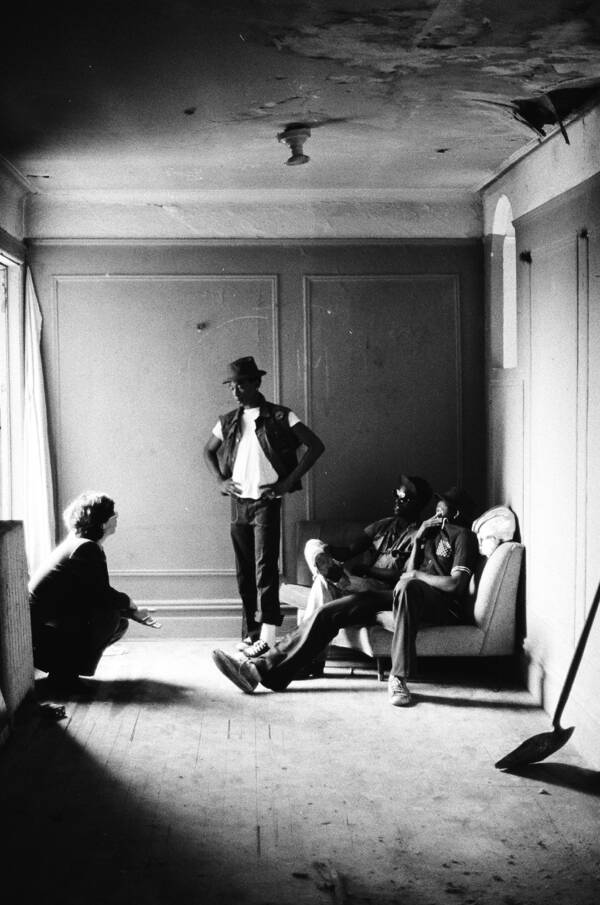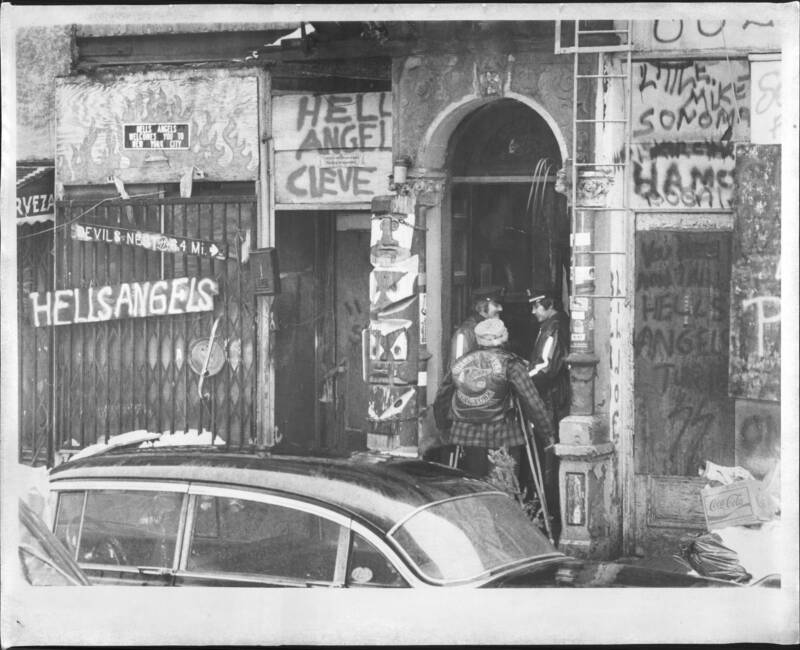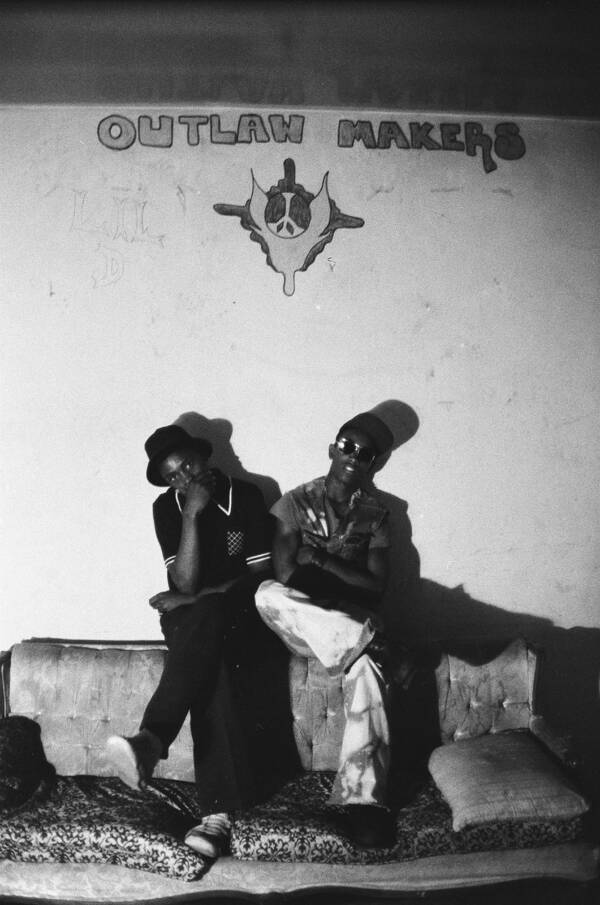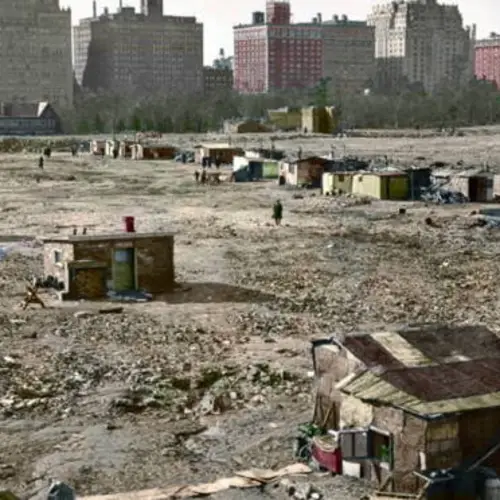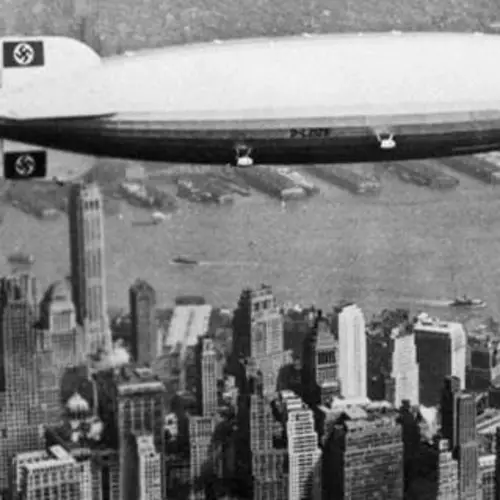From the Short Tail gang of the 1880s to the Black Spades of the 1970s Bronx, take a peek at New York gangs of the past through these unbelievable photos.
From Gangs of New York to The Godfather to The Warriors and beyond, almost every era of New York City gang life has gotten the silver screen treatment and cemented its place in the American imagination. In fact, surely no other city in the U.S. has a history more infamous for its organized bands of outlaws, marauders, killers, and thieves.
And while the ethnicities, motives, fashions, and weapons of these New York City gangs have evolved quite a bit over the last two centuries, the audacity, violence, and raw outlaw spirit have remained largely constant.
Wherever there are neglected areas of the city inhabited by the underprivileged and impoverished, crime will so often find a way to flourish. And where crimes flourishes, gangs are soon enough born.
See more of New York City's most notorious street gangs in the gallery above and discover more about their shocking stories below.
The Five Points, Bill The Butcher, And The Real-Life Gangs Of 19th-Century New York
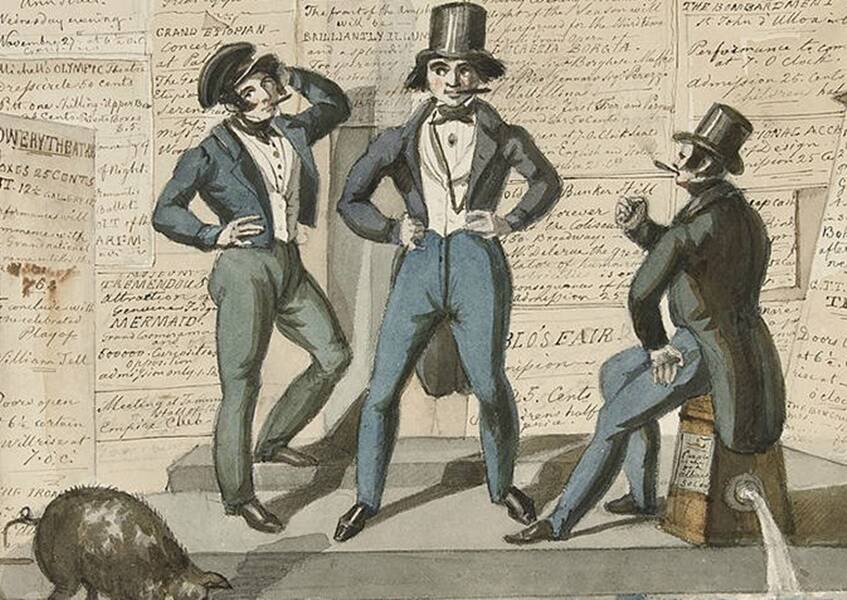

Wikimedia CommonsAn illustration from the 1840s of Bowery Boys members wearing their trademark stovepipe hats.
The long, turbulent history of New York gangs can be traced all the way back to the city's Five Points slums of the early 19th century, an infamous cesspit of crime, poverty, and violence.
In their book Gotham, historians Edwin G. Burroughs and Mike Wallace write that the early seeds of street gangs in New York were planted in 1807 when bands of white, working-class youths began harassing African-American churchgoers who were patrons of Lower Manhattan's African Methodist Episcopal Zion Church.
By the 1820s, gangs of young men "swaggered about the city after work and on Sundays, staking out territories, picking fights, defending the honor of their street and trade."
The first street gangs of New York City were typically divided among ethnic and economic lines, representing the growing animosity between those of Irish and non-Irish backgrounds in Lower Manhattan.
The area's Five Points district was defined by Canal Street to the north, Centre Street to the west, Park Row to the south, and the Bowery to the east, where a plethora of gangs like the Shirt Tails, the Plug Uglies, the Gopher Gang, the Montgomery Guards, and the Whyos called home. The most infamous among them were the Bowery Boys and the Dead Rabbits, who were fierce rivals.
Each gang was easily distinguishable by their "uniforms." For the Bowery Boys that meant blood-red shirts paired with stovepipe hats and for the Dead Rabbits that meant a gruesome prop made out of a rabbit corpse nailed to a stick.
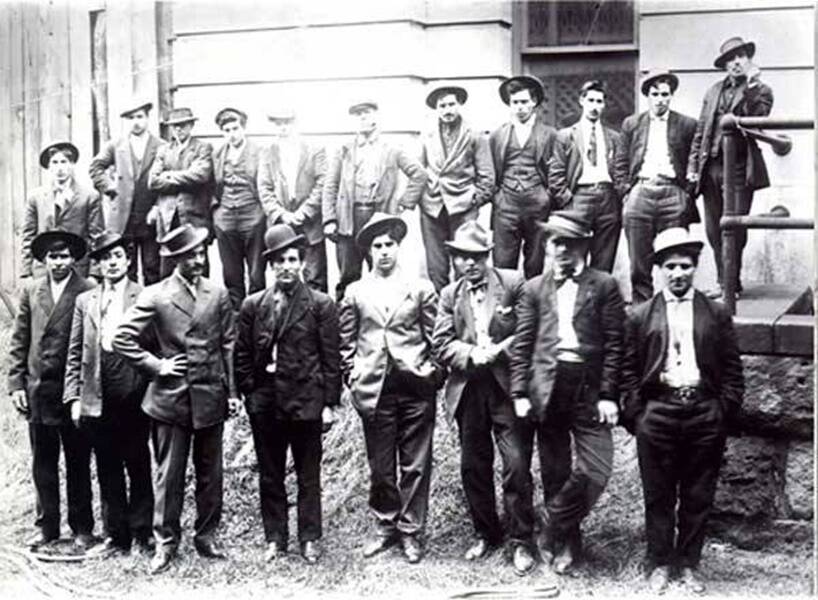

Wikimedia CommonsMembers of the Five Points Gang. Circa 1880-1890.
These gangs thieved and killed while controlling the Five Points, which received little attention from authorities because its residents were the poorest and most vulnerable population in the city. This meant that gang activities went unchecked and frequently erupted into bloody riots between rivals. The area was said to be one of the deadliest places on Earth with a homicide rate of one murder every night.
Responsible for much of this bloodshed were the Bowery Boys and the Dead Rabbits, fierce rivals because the former's nativists hated no one more than the latter's newly-arrived Irish immigrants. In addition to the Irish, the Bowery Boys despised all immigrant communities who they believed were taking their jobs and threatening their livelihoods.
With such animosity in place, one of the most brutal fights between the Bowery Boys and the Dead Rabbits spiraled into a two-day city-wide gang war in July 1857, in which an estimated 1,000 gang members took to the streets. When the dust cleared, eight men were dead and up to 100 more were seriously injured. That gang fight — one of the biggest in New York's history — and others like it helped to inspire Martin Scorsese's 2002 film Gangs Of New York.
However, the slums that birthed this era of New York gangs started to slowly turn a corner after photographer Jacob Riis laid their desolation bare in his famous 1890 book How The Other Half Lives, which exposed the living conditions in the city's worst areas like never before. The book ultimately helped prompt city officials to institute reforms intended to rid New York City of the "hot-bed of infamy" that areas like the Five Points had become due to decades of neglect.
The Five Points was soon systematically torn down and rebuilt, with the city introducing missionary houses throughout the area, the Bowery Mission being the most famous.
Slowly, the lawlessness that gripped the area evolved into more stable working-class immigrant neighborhoods -- places like Little Italy, Chinatown, and the Lower East Side. The types of gangs that used to run these streets slowly dissolved throughout the first decades of the 20th century as new types of outlaws began to dominate the city's streets.
The Mafia, Federal Crackdowns, And A New Era For Gang Life
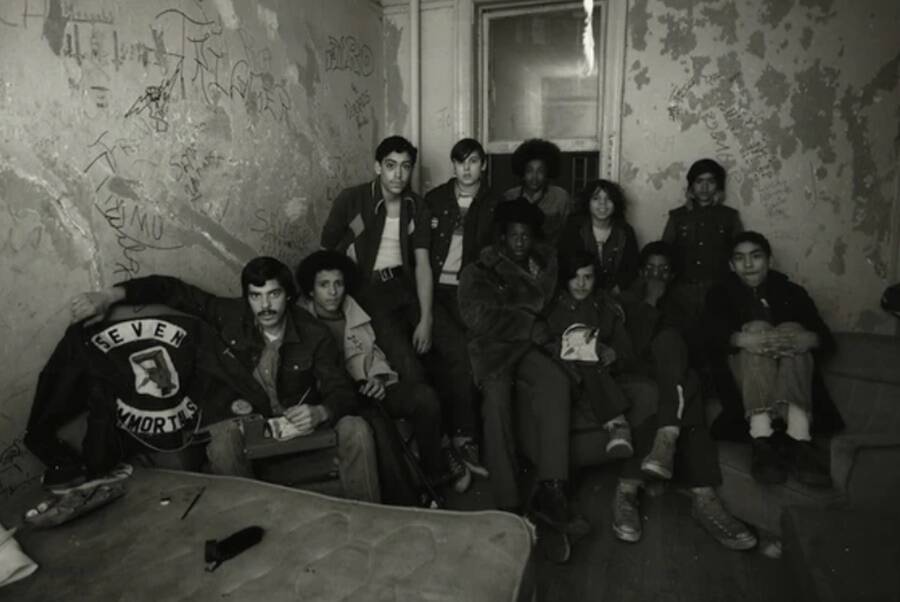

Stephen SalmieriMembers of the Seven Immortals gang of the Bronx in the 1970s.
As the 20th century came into its own, the relatively small and disorganized streets gangs that had once ruled New York were overshadowed by a criminal organization altogether larger, more organized, and more infamous than these prior gangs had ever been: the Mafia.
Built on a longstanding Sicilian tradition, the Mafia was established by Sicilian and Italian immigrants in New York in the late 1920s and early '30s with a large membership, strict codes of conduct, and police connections that allowed them to flourish in ways that prior gangs had not.
But despite Mafia dominance, pockets of small gangs persisted throughout the first half of the 20th century. In the century's first few decades, waves of Italian and Jewish immigrants across Brooklyn and Queens, to pick just two examples, settled into ethnic enclaves that gave rise to territorial gangs of youths set on protecting their turf.
By the 1950s, gangs like Brooklyn's appropriately-named Thrill Kill gang terrorized their corner of New York. Meanwhile, new bursts of immigration from places like Puerto Rico and elsewhere in the Caribbean introduced new populations into the city -- and, sadly, created new opportunities for conflict between gangs informed by ethnic differences.
But by the late 1950s, the federal government decided to prioritize anti-gang intervention in urban areas like New York. This effort was focused on cutting off the source of disaffected young men and women that fueled the growth of these gangs in the first place through increased funding for social programs designed to attract the impoverished youths into job training and employment opportunities.
The gang intervention programs began to bear fruit in the 1960s as the city saw a decline in gang activity. This trend was also helped by the Vietnam War and the work of antiwar activists who connected with gang members to harness their anger over the injustices in their communities that were also being addressed by the broader social movements of the 1960s.
Rubble Kings: New York City Gangs In The 1960s, '70s, And '80s
Not everyone was up for "the Cause," however. In his book Vampires, Dragons, and Egyptian Kings, Eric Schneider describes the New York City gangs of this period as "violent, short-lived, disorganized collections of misfits whose main purpose was thrill-seeking and immediate gratification." In short, kids from deteriorating communities and struggling families sought refuge in the street gangs that gave them the structure and a sense of identity they lacked elsewhere.
By 1970, about four-fifths of gang members in the city were either African-American or Latino, two groups that had of course been long marginalized by society and particularly left behind by the white flight that had gutted New York. As a consequence, gang activity was concentrated in neighborhoods like the South Bronx and Harlem where a majority of the residents were comprised of these demographic groups.
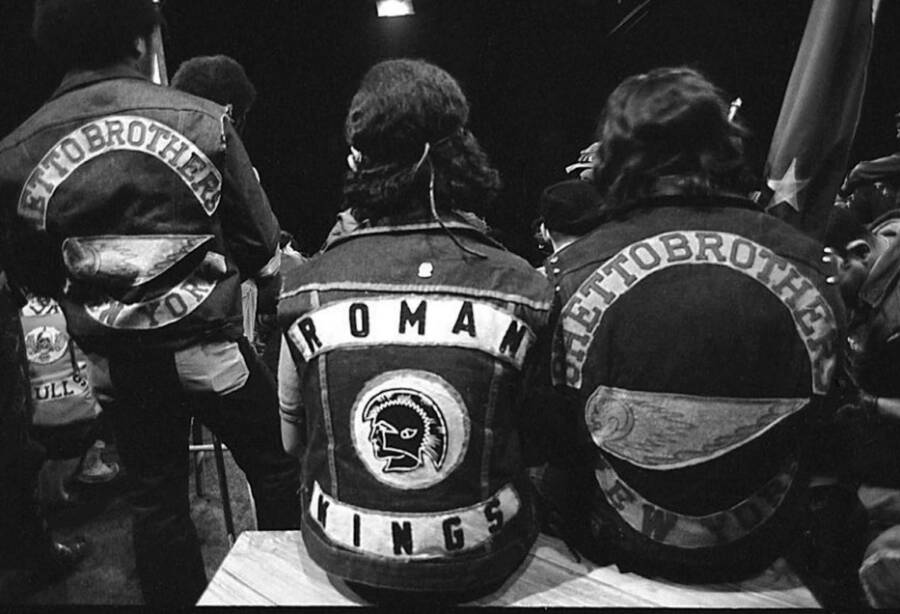

Alejandro OliveraMembers of rival gangs sit side-by-side during the Hoe Avenue Peace Meeting in December 1971.
Street gangs like the Reapers, the Savage Skulls, the Black Spades, the Dragons, the Javelins, and the Tomahawks carried on the New York gang tradition of ethnic conflict among the impoverished that had once characterized the turf battles of the 19th century. The city was awash in gang colors — literally — as a way for members to clearly brandish their loyalties and intimidate rivals just as the "uniforms" of the Bowery Boys and the Dead Rabbits had a century earlier.
"There were gangs literally at every corner. The violence was everywhere," said Lloyd "Topaz" Murphy, a former Ebony Dukes gang member, in the 2015 documentary Rubble Kings. "You could feel the tension in the air, you can see the fights across the street, you can hear the shouts in the night time."
Gang fights were endemic in these neighborhoods throughout the 1970s -- although one single death did change the course of this era's history. In 1971, Cornell Benjamin, a widely respected "peace counselor" of the Ghetto Brothers was killed while trying to break up a fight between rival gangs. Rather than seek revenge for the death of their leader as anticipated, the Ghetto Brothers called for a peace meeting among the warring gangs of the Bronx.
At least 39 gang members from 20 crews in the borough attended the peace treaty conference, now known as the Hoe Avenue Peace Meeting, and eventually led to a general truce in street violence across the entire borough.
The unprecedented act of good faith between the Bronx's gangs inspired the 1979 cult-classic film The Warriors and later became the focus of Rubble Kings.
While the gang truce didn't get rid of the city's street gangs completely, it did mark the beginning of intense efforts to combat gang activity across the boroughs. While larger socioeconomic woes and injustices continued to keep much of New York downtrodden and thus crime-ridden throughout the 1980s, several factors combined to change the city's fortunes in the early 1990s.
With more economic stability and much less crime, gang life in New York simply isn't what it once was.


Andrew Lichtenstein/Corbis via Getty ImagesFormer Bloods gang leader Shanduke McPhatter joins other anti-gun violence activists to celebrate the opening of a new community center in Brooklyn.
Though New York gangs still exist today, they operate on a much different scale compared to their predecessors. What are known as "super gangs" — gangs like the Bloods and the Crips that have expansive territories and have withstood decades of anti-gang crackdowns — no longer reign supreme. Now, crops of smaller, independent gangs of mostly teenagers are scattered throughout the city.
"These kids operate off of emotion, and if someone in their group gets shot... it's eye for an eye," New York gang expert Ron Barrett explained of the gangs of today. "They used to have to get permission to retaliate and answer to someone, [but] not today... It's the wild, wild west."
But though it may be the wild west, it's likely that there are few rules because there are so relatively few gangs left. After two centuries, in fact, perhaps New York City gangs as we once knew them are slowly becoming a thing of the past -- for now.
After this look at the gangs of New York throughout history, check out these incredible photos from the city's dangerous subways of the 1980s. Then explore colorized photos that bring the streets of century-old New York to life.
